7 Tips to Know Before Buying an Indoor Hydroponic System
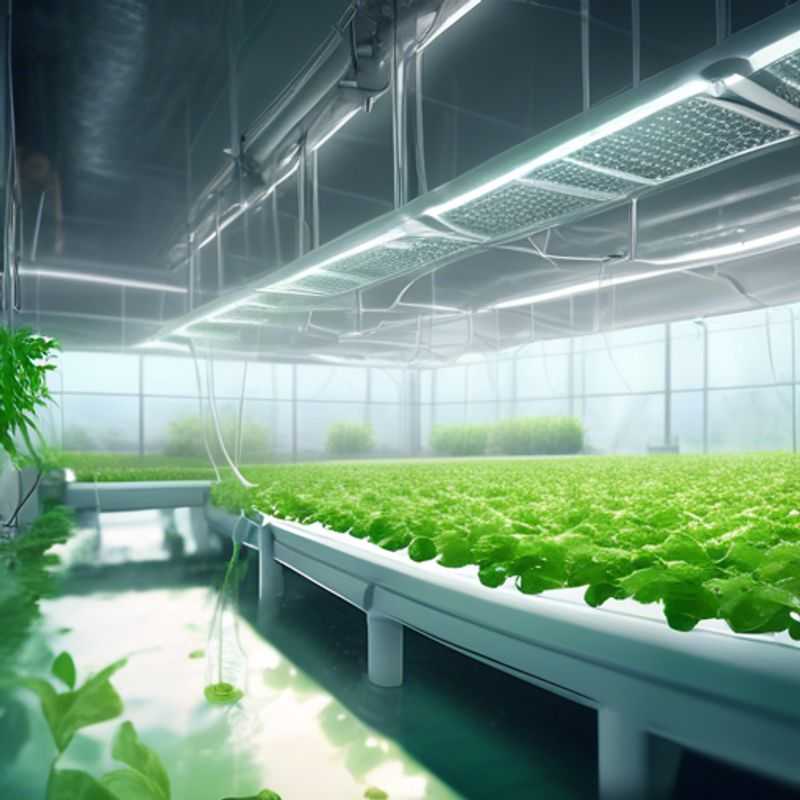
7 Tips to Know Before Buying an Indoor Hydroponic System: Research, Size, Components, Environment, Maintenance, Costs, and Benefits
The world of indoor hydroponics is a fascinating one, brimming with the potential to grow your own fresh produce year-round. However, before diving headfirst into this exciting venture, it's crucial to equip yourself with some essential knowledge. Here are 7 key things to consider before purchasing your indoor hydroponic system:
1. Research Different Hydroponic System Types: The first step is to explore the diverse array of hydroponic systems available. Each system has unique characteristics and advantages, catering to different needs and preferences. Do you fancy a DWC (Deep Water Culture) system with its simplicity and efficient nutrient delivery, or are you intrigued by the verticality and space-saving nature of a NFT (Nutrient Film Technique) system?
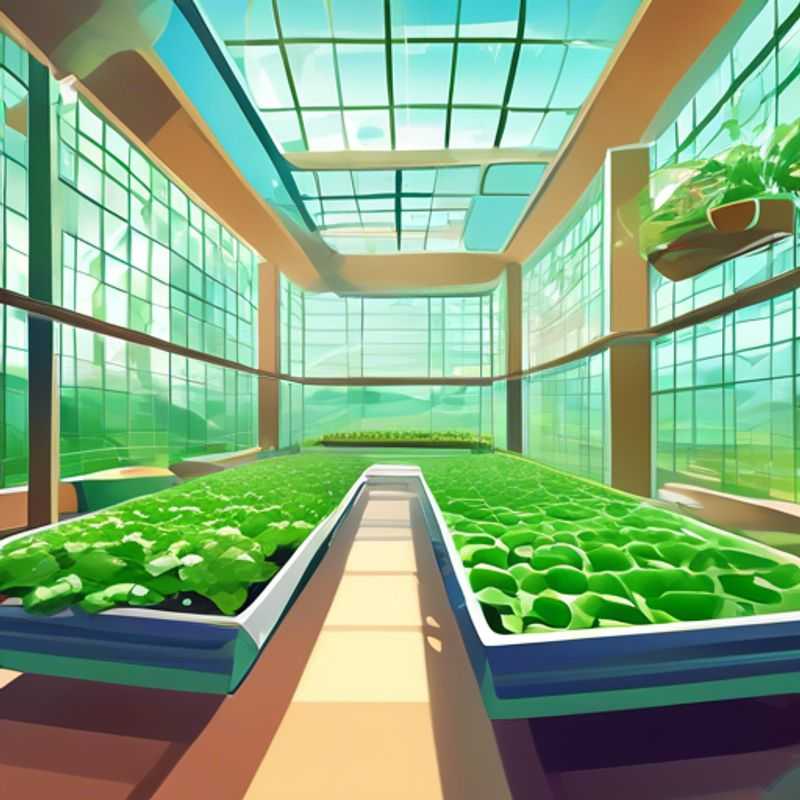
Hydroponic Gardening: Choosing the Right System for Your Needs
Hydroponics is a fascinating method of growing plants without soil. It offers many advantages, including greater control over nutrient levels, reduced water usage, and the potential for year-round production. However, choosing the right hydroponic system can be overwhelming with various options available. Here's a quick guide to help you navigate this exciting world:
1. Deep Water Culture (DWC): This is the most straightforward system. Plants sit in a nutrient-rich solution that's constantly aerated. It's easy to set up but can be prone to nutrient imbalances and root rot if not carefully managed.
2. Ebb and Flow: This system uses a timer to flood the plant roots with nutrient solution periodically. It's known for its simplicity and reliability but requires more space than DWC.
3. Nutrient Film Technique (NFT): Plants grow in channels with a thin film of nutrient solution constantly flowing over their roots. NFT systems are efficient, allowing for a high yield in a relatively small area. However, they can be more complex to build and maintain.
4. Aeroponics: Plants grow in an enclosed environment with nutrient-rich mist sprayed directly on their roots. This system is ideal for rapid growth but requires precise control of humidity and temperature.
5. Wick System: This is a low-maintenance option where plants draw nutrients from a reservoir via a wick. It's perfect for beginners but has a limited capacity and may be suitable for smaller plants.
The best system for you depends on your budget, space, experience, and the type of plants you wish to grow. Consider your growing environment, plant needs, and maintenance level when making your decision. Remember, research is key!
Hydroponics is a journey of discovery. Enjoy the process, explore different options, and find the system that resonates with your passion for growing. Happy gardening!
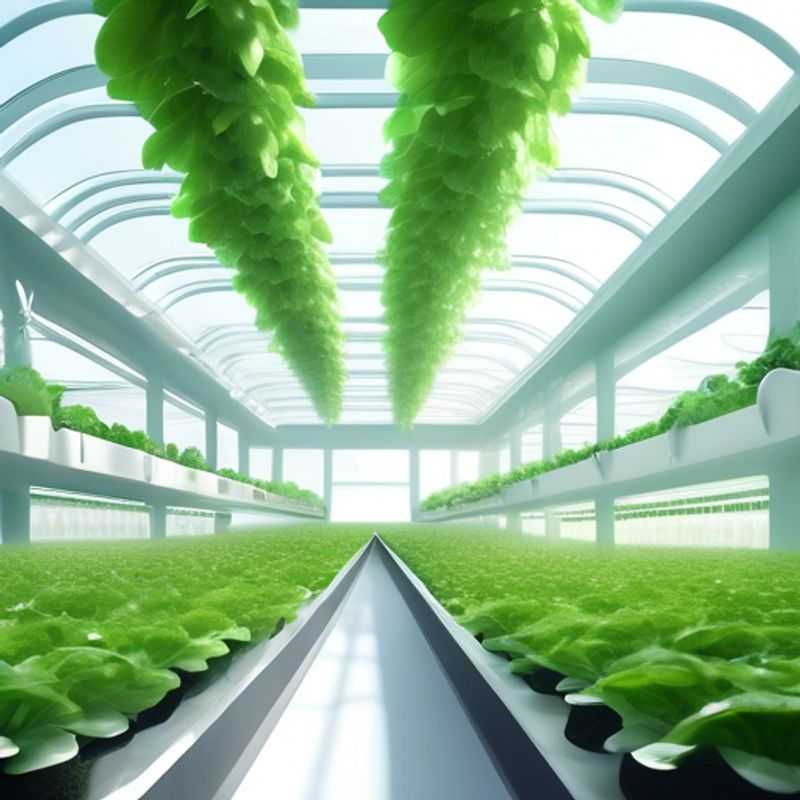
Sizing Up Your System: Balancing Space, Needs, and Growth
Determining the right system size is crucial for optimal performance and future scalability. It's a balancing act between current needs and anticipated growth. Here’s a quick guide to help you navigate the process:
1. Assess Your Current Needs: Start by understanding your current workload and resource usage. This includes factors like the number of users, data volume, processing power required, and the applications you run. This provides a baseline for your initial system size.
2. Anticipate Future Growth: Consider your projected growth in user base, data volume, and application complexity. This is essential to avoid bottlenecks and ensure your system can handle future demands. A 10-20% buffer for anticipated growth is a good starting point.
3. Evaluate Available Space: Physical space constraints play a significant role. Consider the available rack space, power capacity, and cooling infrastructure. These factors can influence the choice of servers and their configuration.
4. Explore Cloud Options: Cloud computing provides flexibility and scalability. Instead of investing in physical infrastructure, you can leverage cloud services like AWS, Azure, or Google Cloud Platform. This allows you to scale your resources up or down as needed, eliminating the need for upfront investments.
5. Consult with Experts: Don’t hesitate to seek professional guidance from system integrators or IT consultants. They can help you analyze your needs, evaluate options, and recommend the most suitable system size for your specific requirements.
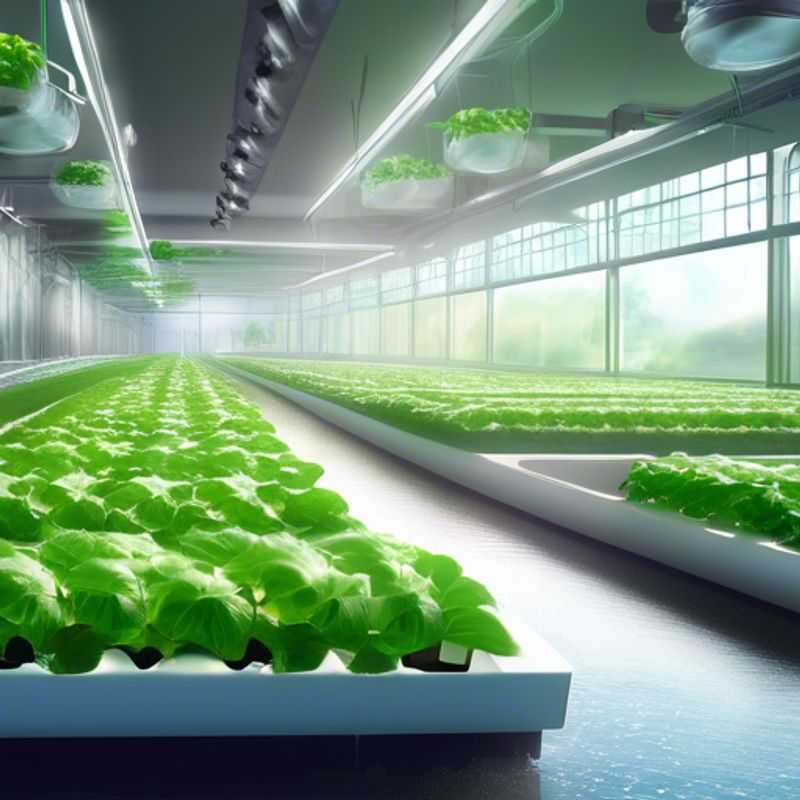
Unveiling the Essentials: Grow Lights, Nutrient Solutions, and Air Pumps for Thriving Plants
Hydroponics is a method of growing plants without soil, using a nutrient-rich water solution. To succeed, you need to understand the essential components.
Grow lights provide the artificial light plants need for photosynthesis. LED lights are energy-efficient and long-lasting. Choose lights with the right spectrum to suit your plants' needs.
Nutrient solution is the heart of hydroponics, delivering essential nutrients to your plants. Commercial solutions are readily available, often customized for different plant types. You'll need to monitor and adjust the solution's pH and EC (electrical conductivity) regularly.
Air pumps are crucial for supplying oxygen to the roots. They create an oxygen-rich environment in the water, promoting healthy root growth and preventing root rot. Air pumps are often used in conjunction with air stones, which diffuse the oxygen into smaller bubbles.
Remember that you'll need to invest in the necessary equipment: grow lights, a reservoir for the nutrient solution, a pump to circulate the solution, and an air pump. There are various types and sizes available, so choose those that suit your specific needs and budget. You can find various kits to start your hydroponic journey.
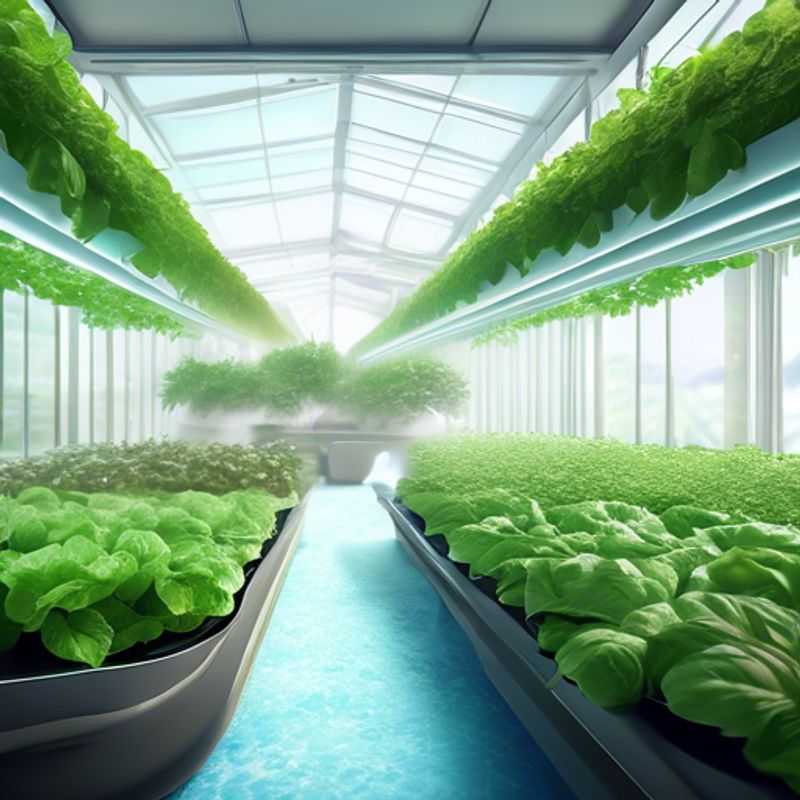
Unlocking Plant Growth: Finding the Perfect Temperature, Humidity, and pH Levels
Every plant has an optimal temperature, humidity, and pH range for thriving. Understanding these needs is crucial for successful gardening. Temperature is the most fundamental, with most plants preferring a specific range, such as 65-85°F for tropicals and 50-70°F for temperate plants. Humidity refers to the moisture in the air, which is essential for leafy plants. pH, measured on a scale from 0 to 14, indicates acidity (below 7), alkalinity (above 7), or neutrality (around 7). Most plants flourish in a slightly acidic pH range, typically between 6 and 7.
To determine the specific needs of your plants, consult gardening guides or websites. Many resources are readily available for free, though specific apps or online tools might require a subscription. Always pay attention to your plants' health. Signs of distress like wilting, yellowing, or stunted growth could indicate improper temperature, humidity, or pH levels.
Adjusting the environment can involve simple actions like moving plants to different locations or adjusting the watering schedule. You can also invest in tools such as humidifiers or dehumidifiers to regulate moisture. For pH control, you can use specialized soil amendments or fertilizers. Understanding the basics of temperature, humidity, and pH will help you create a thriving garden for your beloved plants.
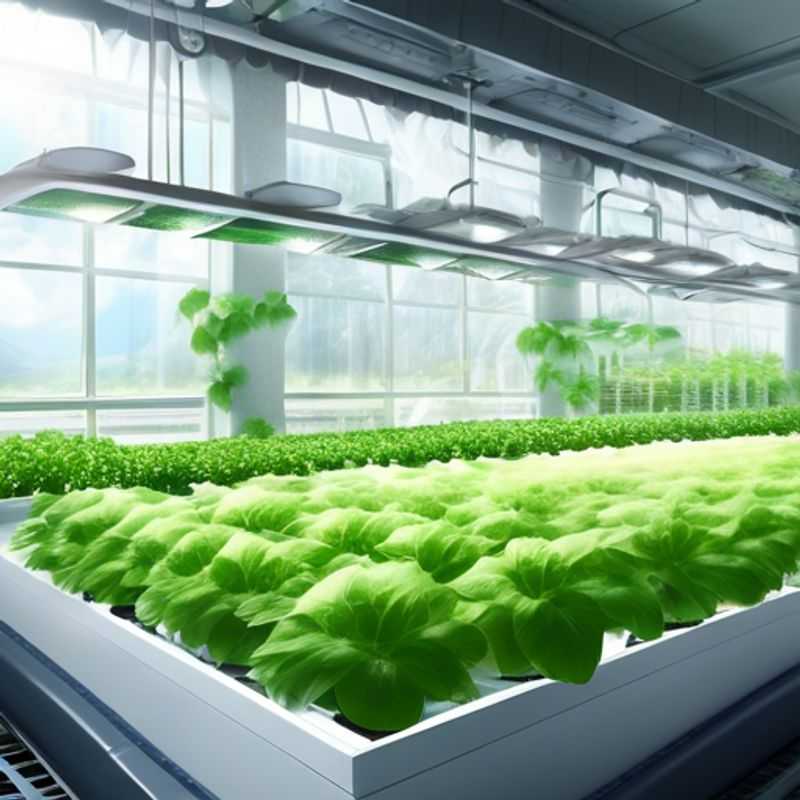
Mastering the Art of Aquarium Maintenance: A Guide to Water and Nutrient Levels
Maintaining a healthy aquatic ecosystem, whether it's a fish tank, pond, or larger body of water, requires regular monitoring and adjustments. One crucial aspect of this care is understanding and managing water quality.
Water levels are a fundamental aspect of aquatic health. Fluctuations in water levels can impact the overall balance of the ecosystem. Monitoring water levels regularly helps ensure proper oxygenation and prevents stress on aquatic life. Regular checks for leaks or evaporation are essential, and adjustments should be made as needed.
Another key component is nutrient levels. Excess nutrients, often from fish waste or decaying organic matter, can lead to algal blooms and oxygen depletion. Monitoring nutrient levels, including ammonia, nitrite, and nitrates, helps ensure a balanced ecosystem. Regular water changes, filtration systems, and the use of appropriate plants can help control nutrient levels.
Regular water testing is crucial for assessing water quality. Test kits can be purchased from pet stores or online and provide insights into pH levels, ammonia, nitrites, nitrates, and other important parameters. This allows for informed adjustments to maintain a healthy aquatic environment. Remember, consistency is key. Establishing a regular testing and maintenance schedule will ensure your aquatic ecosystem thrives.
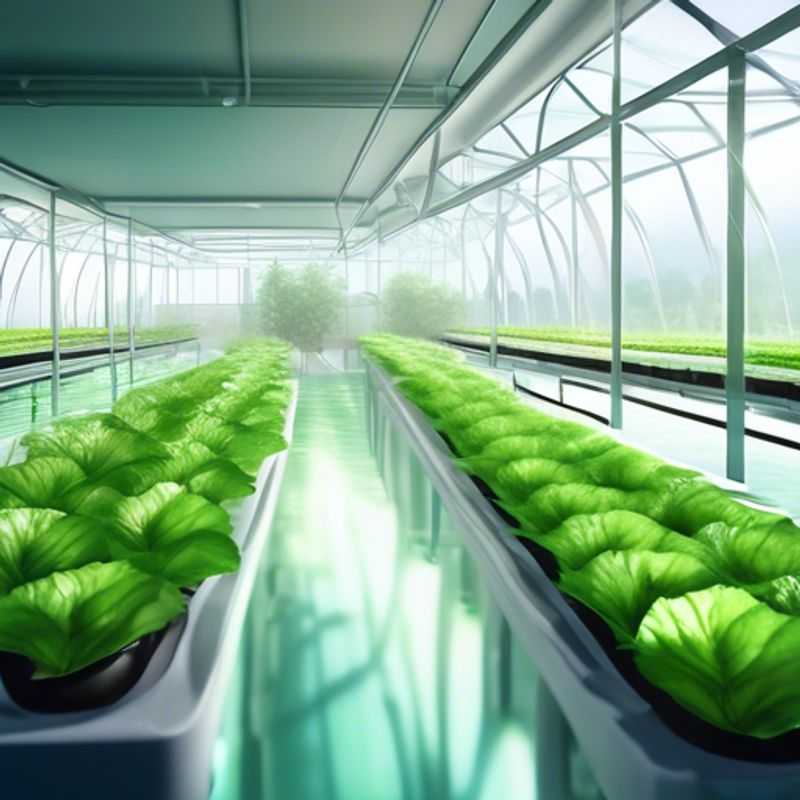
Hydroponic Power Play: Uncovering the Energy Costs of Growing Green
Hydroponic systems, while offering numerous advantages, consume energy and incur costs. Understanding these factors is crucial for efficient operation and profitability. Let's delve into the key areas of energy consumption and costs associated with running a hydroponic system.
Lighting: Artificial lighting is essential for plant growth in hydroponic systems. The type of lighting (LED, HID, fluorescent), its wattage, and the duration of use significantly impact energy consumption. Energy-efficient LED lights are becoming increasingly popular for their lower power consumption and longer lifespan.
Water Pumps: Hydroponic systems rely on pumps to circulate nutrient solutions and deliver water to the plants. The size and power of the pump determine its energy consumption. Choosing a pump that adequately meets the system's needs while being energy-efficient is vital.
Water Heating: Maintaining optimal water temperatures for plant growth is essential, especially in cooler climates. Heating systems, such as heaters and heat pumps, require energy, impacting costs. Proper insulation and minimizing heat loss can help reduce heating requirements.
Air Circulation: Fans are often used to provide airflow within the grow space, promoting optimal conditions for plant growth. The number and size of fans contribute to energy consumption. Selecting fans with high efficiency and ensuring proper ventilation can minimize energy usage.
Nutrient Solutions: The cost of nutrients is a significant factor. Choosing high-quality, concentrated nutrients can reduce the amount needed, potentially saving money in the long run. Additionally, recycling nutrient solutions can minimize waste and reduce costs.
Other Considerations: Energy consumption and costs can vary based on factors such as system size, environmental conditions, and operational practices. Monitoring energy consumption, optimizing system settings, and implementing energy-saving strategies can significantly impact costs.
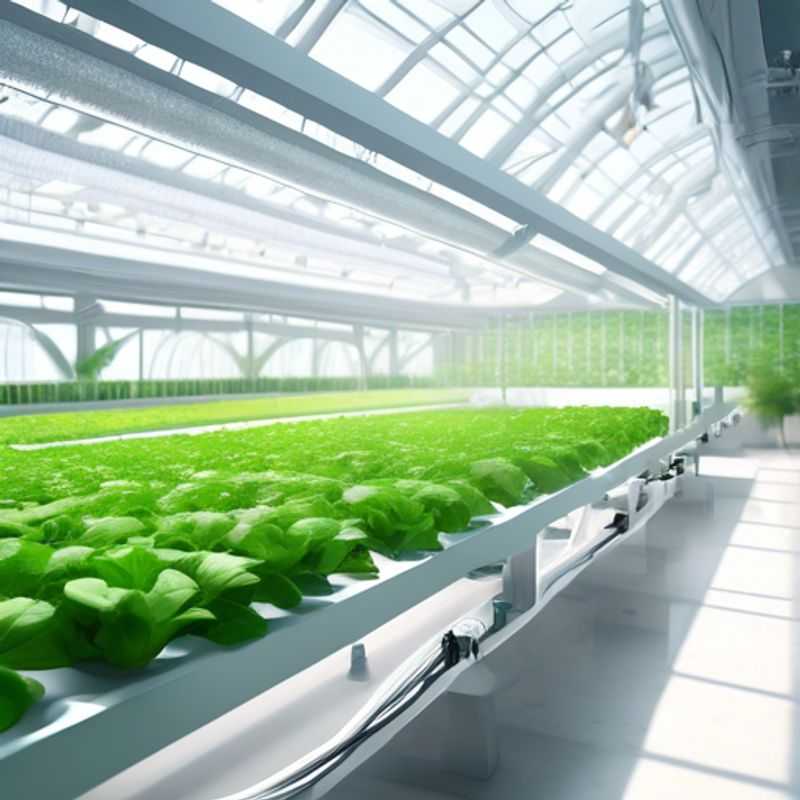
Hydroponic Gardening: Unlocking Faster Growth and Bountiful Harvests
Hydroponics offers several advantages over traditional soil-based gardening, including faster growth and higher yields. These benefits stem from the precise control hydroponics provides over the growing environment. Nutrient delivery is highly efficient in hydroponics, as plants receive precisely what they need, when they need it. This eliminates nutrient competition and ensures optimal growth. Water usage is also significantly reduced in hydroponics, as the system recycles water and prevents runoff. This makes hydroponics a more sustainable option, particularly in water-scarce regions.
Furthermore, pest and disease control is easier in a hydroponic setup, as pests and diseases are less likely to thrive in the controlled environment. The controlled environment also allows for year-round cultivation, independent of weather conditions. While initial setup costs may be higher for hydroponics, the increased yields and reduced input costs can quickly make it a financially viable option.
However, maintenance and monitoring of the hydroponic system are crucial for successful cultivation. Regularly checking nutrient levels, pH, and water temperature are essential. Additionally, the system requires cleaning and occasional adjustments for optimal performance. Lighting is another crucial aspect of hydroponics, as plants require adequate light for photosynthesis. The specific lighting needs vary depending on the plant type and growth stage. Choosing the right lighting system, which can range from fluorescent bulbs to LED grow lights, is essential. The initial investment in lighting can be significant but pays off in the long run due to increased yields.
